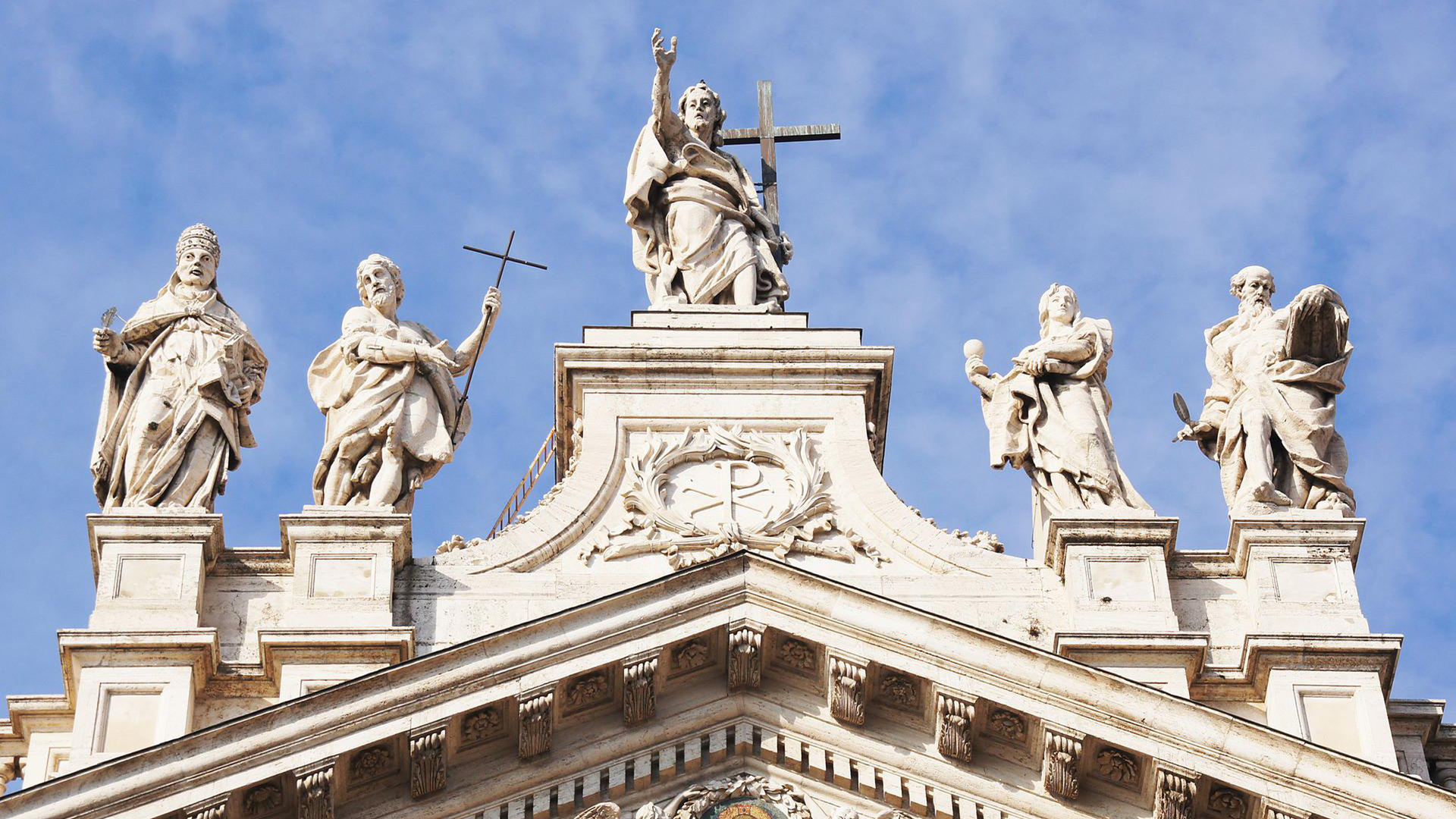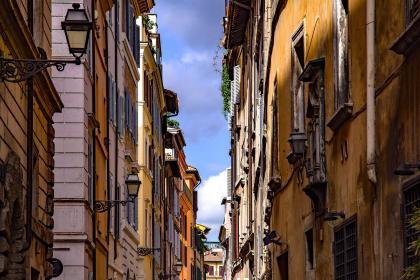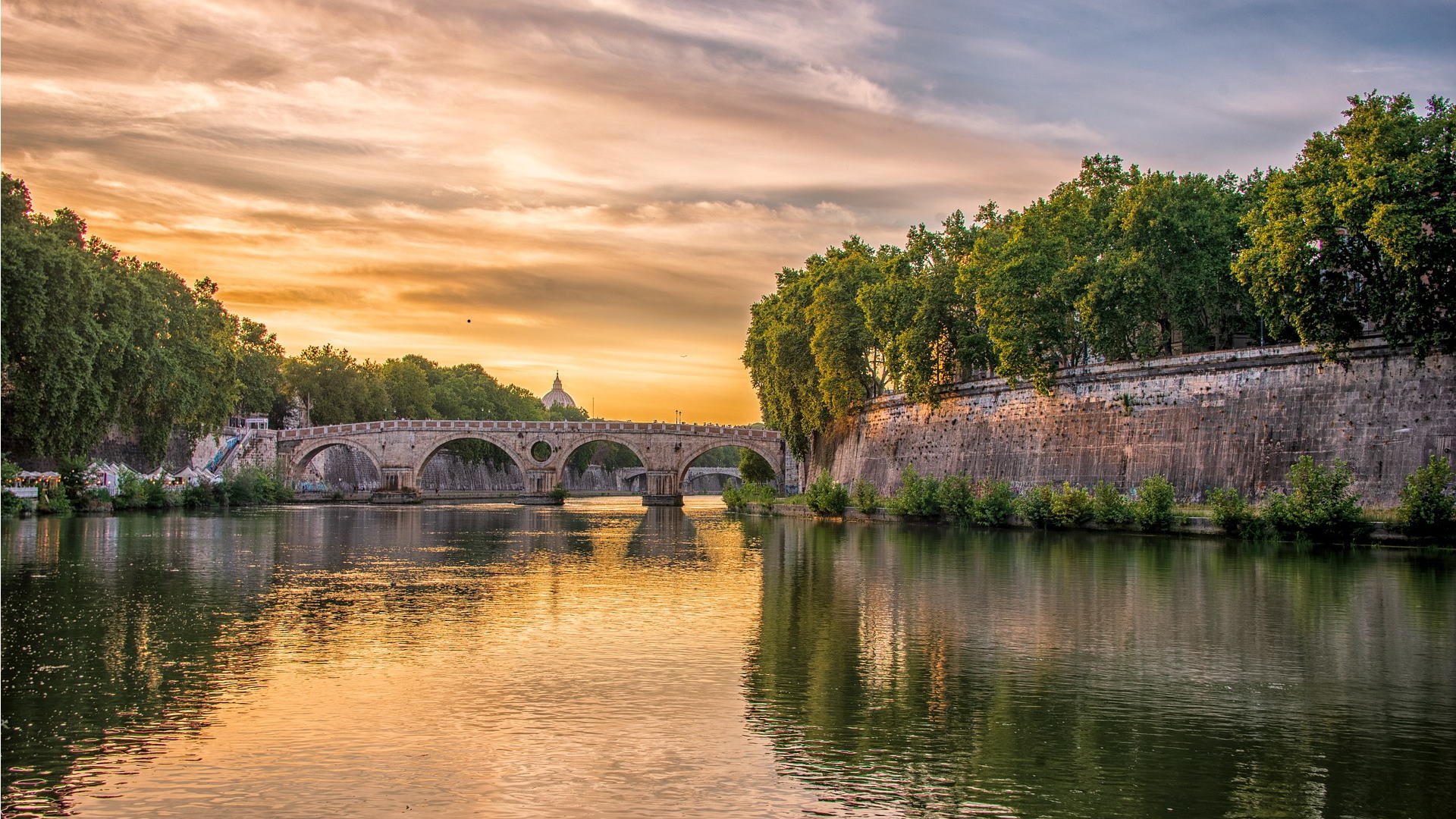Saint John and the Night of the Witches
The legends and traditions of the night between 23 and 24 June
Until the end of the 19th century, one of the main religious and profane holidays was St. John’s, that of the patron saint of the city, on 24 June. The holiday began the night before, on the so-called “night of the witches.” According to a legend, witches were summoned to the Lateran meadows by the ghosts of Herodias and her daughter Salome, damned for causing the beheading of the saint: they used to go around the city to capture souls before continuing to Benevento, the so-called City of Witches. It was, therefore, essential to resort to magical rituals and all kinds of exorcisms.
After blessing their beds and the front doors, people scattered about Rome by lantern and torch light: when they arrived on the square, they lit bonfires to drive away the occult forces, they prayed and eat snails in inns and shacks. Some families even brought the snails from home, in a “callaro”, or a huge saucepan, full of snails with sauce. Eating snails, whose head horns or tentacles represented discord and distress, was tantamount to defeating adversity.
On this magical night, garlic and dew also played a key role. Tradition has it that St. John’s dew had healing powers while, according to a saying, “If you don’t not buy garlic on St. John's, you will be poor all year round”. During the night the Tiber baths were also opened to the public and the inhabitants of the city could bathe in the fountain of San Giovanni: it was believed that during the day of his feast the saint would give more miracles than the rest of the year.
The people used to turn out in droves, eating and drinking to their fill and mainly making a din with their horns, trumpets, bells, tambourines and firecrackers of every shape and size so as to scare and ward off the witches, preventing them from gathering the herbs essential to concoct their spells. The feast drew to a close at dawn when the Pope arrived at San Giovanni in Laterano to celebrate mass, after which he threw from the cathedral’s loggia gold and silver coins, much to the delight of the frenzied crowds below.
Today, sadly, the traditional feast of Saint John has lost all of its early importance, although it has to some extent recently been revived with the organisation of a number of events.

















































